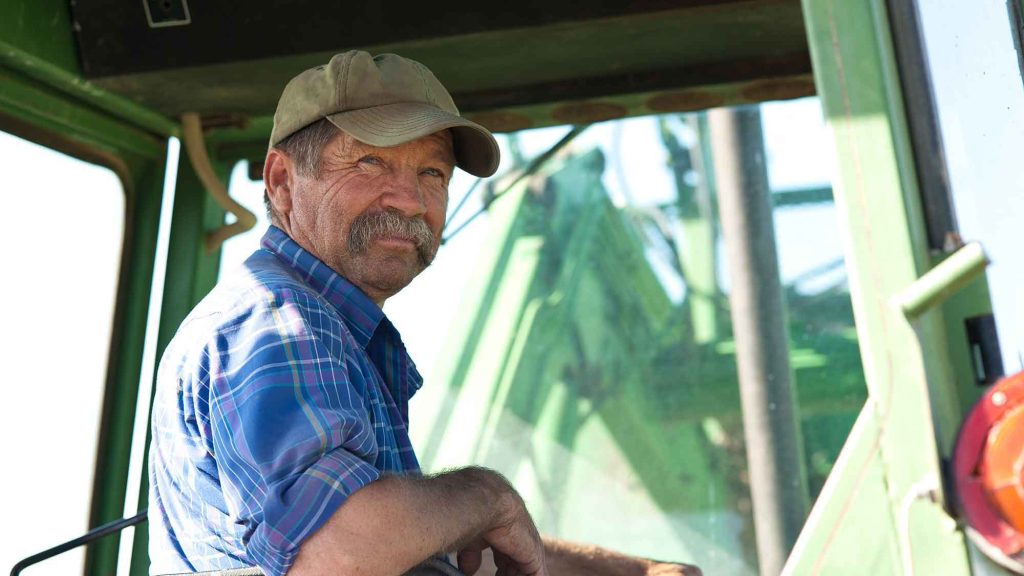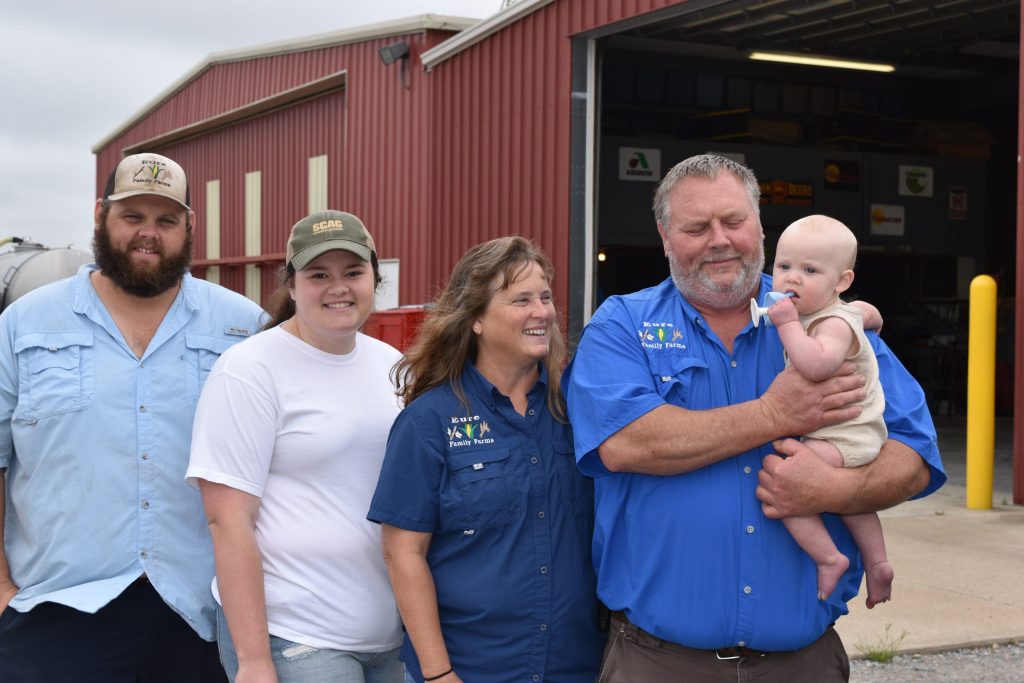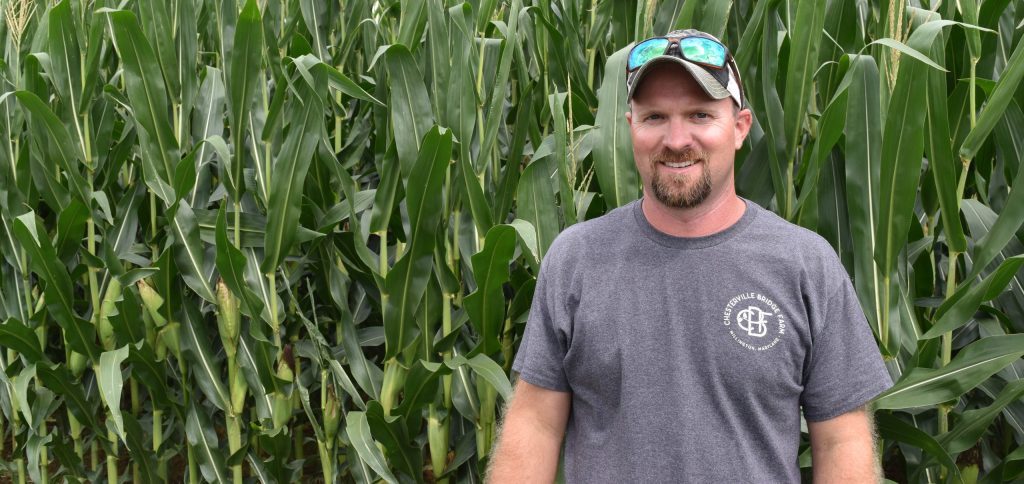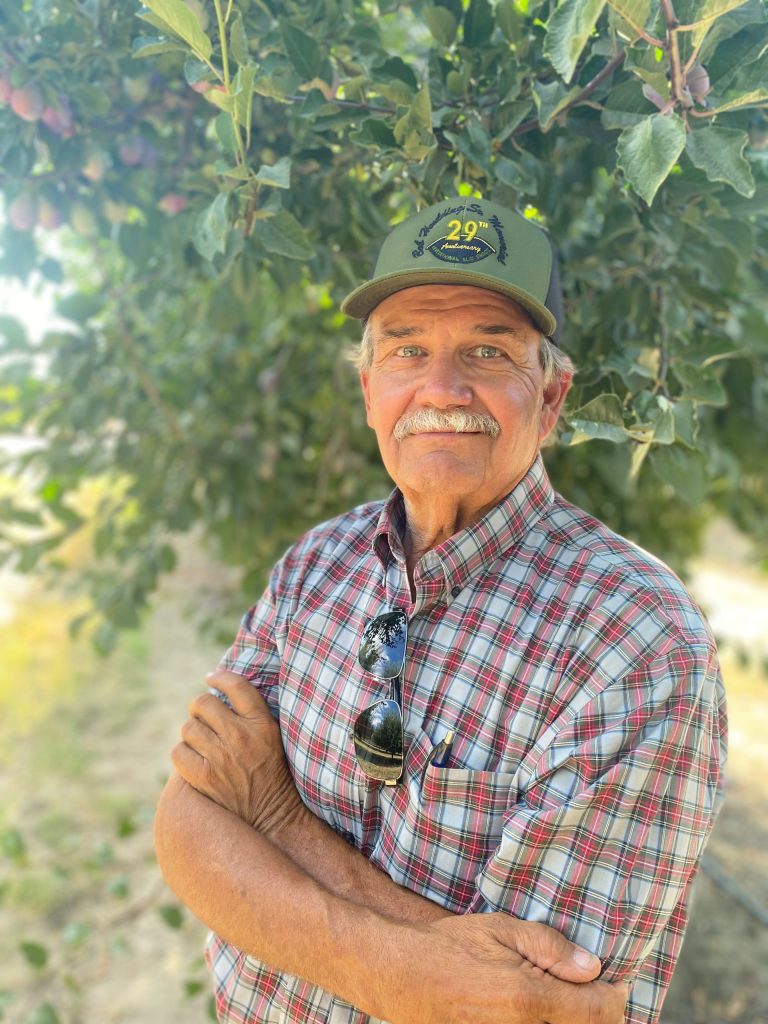30 Years In and Still Reforming – New Keep America Growing Podcast Episode

Did you know that 2024 marks the 30-year anniversary of the 1994 Crop Insurance Reform Act? This means crop insurance has been expanding and adapting to the risk management needs of U.S. agriculture for three decades now. Given this important 30-year anniversary, National Crop Insurance Services (NCIS) and its president, Tom Zacharias, took some time […]
NEW PODCAST EPISODE 🌱 Key Crop Insurance Date in March

Spring is the season of new beginnings, bringing warmer weather and sunshine, and college hoops and March Madness! It’s also the time for farmers to decide which spring crops they want to insure for the 2024 crop year. This is a critical decision for farmers because growing the most abundant and inexpensive food supply in […]
New Podcast Episode: Keep America Growing

NEW PODCAST EPISODE 🌱 Keep America Growing When you think of agriculture and farming in America, what immediately comes to mind? For many, it’s the rolling corn and soybean fields in the Midwest. But America’s farmers grow many different types of fruits and vegetables throughout the country, requiring a diverse crop insurance program that meets […]
New Voter Polling Confirms Importance of Strong Crop Insurance Program

Registered voters support farmers and the protection provided by the crop insurance program, according to recently released data from National Crop Insurance Services (NCIS). American voters are asking Congress to support family farmers by passing a Farm Bill that protects, preserves, and improves crop insurance. A national poll of more than 1,100 registered voters conducted […]
Kansas Farmers, Agents Share Crop Insurance Stories

We all want healthy, fresh food for our families. America’s farmers and ranchers provide that and more, for your family and families all over the world. But this wouldn’t be possible without Federal crop insurance. “We purchase crop insurance because we just [have] to,” said Dennis Tencleve, a farmer in Mayfield, Kansas, who grows mainly […]
Crop Insurance Vital for East Coast Farmers

Crop insurance is essential to the success of farmers and the country because crop insurance supports American farmers, American families, and the American economy. And because crop insurance is so important, farmers have no problem expressing how much they need and rely on it. “I want Congress to know that we have to have crop […]
Not a Farmer? Crop Insurance Matters to You, Too!

Crop insurance is the cornerstone of the farm safety net, protecting more than 490 million acres across all 50 states, as well as 136 crops and 604 varieties with 36 different plans of insurance. It has earned the trust of America’s farmers by providing personalized risk management plans that quickly deliver aid in the case […]
Crop Insurance Essential for California Farmers

For three years, California’s farmers and ranchers faced extreme drought. Then, this winter, as crop insurance agent Dan Van Vuren tells it, “It started raining in January and it didn’t stop until March.” It’s been a devastating year for many California growers, but crop insurance has provided a valuable safety net for our farmers, our […]
What Happens When There is a Loss?

You’re a farmer and your worst nightmare has just come true. After investing time, energy, and money into growing a crop, a tornado has destroyed your harvest. Or a drought sapped all the moisture from your fields. Or flooding meant you never had the opportunity to plant in the first place. There are a million […]
A Personalized Plan

There are more than two million farms in the United States, and each one is different. America’s farmers and ranchers raise a wide variety of grains, fruits, vegetables, fiber, and livestock to feed and clothe America. Each of these farms has a different risk profile, requiring a unique risk management plan. Some are multi-generational farms […]

